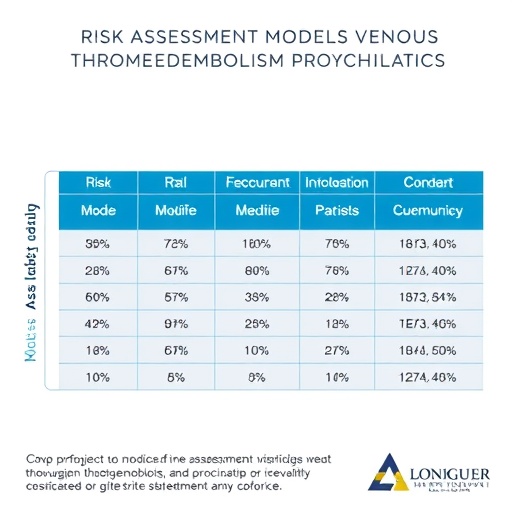Experiments using laser light and pieces of gray material the size of fingernail clippings may offer clues to a fundamental scientific riddle: What is the relationship between the everyday world of classical physics and the hidden quantum realm that obeys entirely different rules?
"We found a particular material that is straddling these two regimes," said N. Peter Armitage, an associate professor of physics at the Johns Hopkins University who led the research for a paper just published in the journal Science. Six scientists from Johns Hopkins and Rutgers University were involved in the work on materials called topological insulators, which can conduct electricity on their atoms-thin surface, but not in their insides.
Topological insulators were predicted in the 1980s, were first observed in 2007 and have been studied intensively since. Made from any number of hundreds of elements, these materials have the capacity to show quantum properties that usually appear only at the microscopic level, but here appear in a material visible to the naked eye.
The experiments reported in Science establish these materials as a distinct state of matter "that exhibits macroscopic quantum mechanical effects," Armitage said. "Usually, we think of quantum mechanics as a theory of small things, but in this system quantum mechanics is appearing on macroscopic length scales. The experiments are made possible by unique instrumentation developed in my laboratory."
In the experiments reported in Science, dark gray material samples made of the elements bismuth and selenium – each a few millimeters long and of different thicknesses – were hit with "THz" light beams that are invisible to the unaided eye. Researchers measured the reflected light as it moved through the material samples, and found fingerprints of a quantum state of matter.
Specifically, they found that as the light was transmitted through the material, the wave rotated a specific amount, which is related to physical constants that are usually only measureable in atomic scale experiments. The amount fit the predictions of what would be possible in this quantum state.
The results add to scientists' understanding of topological insulators, but also may contribute to the larger subject that Armitage calls "the central question of modern physics:" What is the relationship between the macroscopic classical world and the microscopic quantum world from which it arises?
Scientists since the early 20th century have struggled with the question of how one set of physical laws governing objects above a certain size can co-exist alongside a different set of laws governing the atomic and subatomic scale. How does classical mechanics emerge from quantum mechanics, and where is the threshold that divides the realms?
Those questions remain to be answered, but topological insulators could be part of the solution.
"It's a piece of the puzzle," said Armitage, who worked on the experiments along with Liang Wu, who was a graduate student at Johns Hopkins when the work was done, Maryam Salehi of the Rutgers University Department of Materials Science and Engineering, and Nikesh Koirala, Jisoo Moon and Sean Oh of the Rutgers University Department of Physics and Astronomy.
###
The experiments were supported by the Army Research Office Grant W911NF-15-1-0560, with additional support by the Gordon and Betty Moore Foundation through grant GBMF2628.
Media Contact
Arthur Hirsch
[email protected]
443-997-9909
@JohnsHopkins
http://www.jhu.edu
############
Story Source: Materials provided by Scienmag




